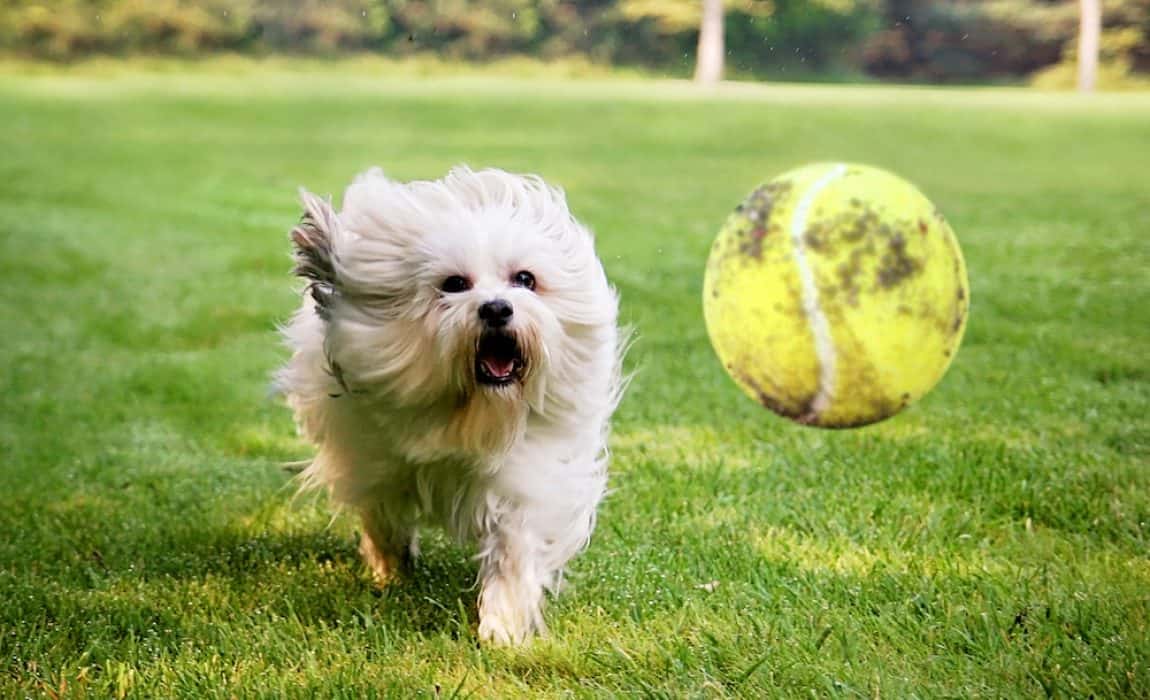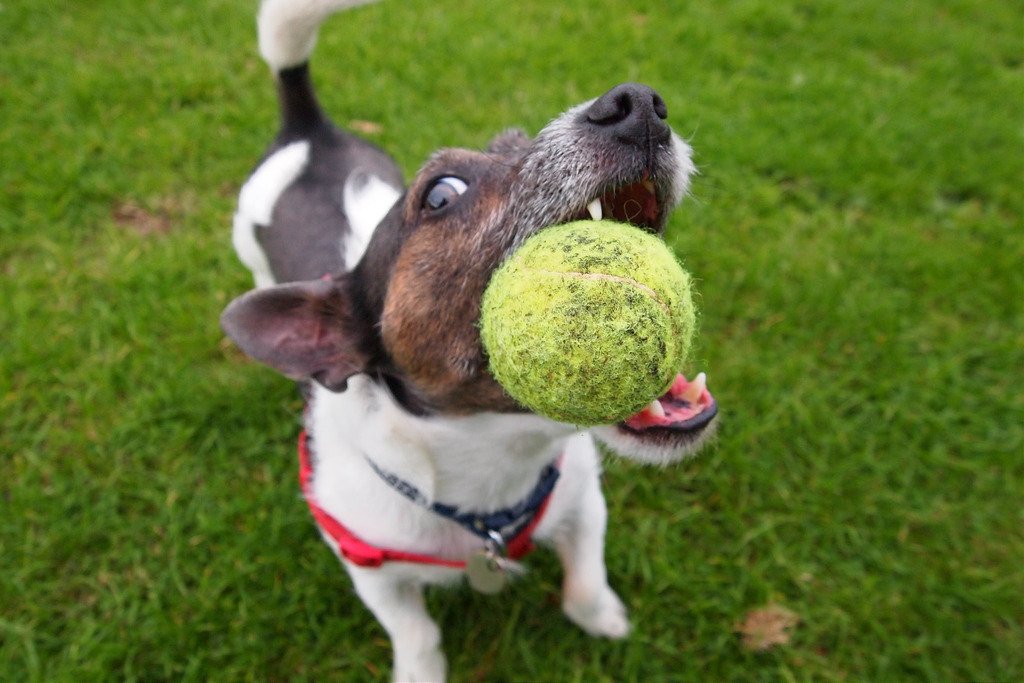Although certain dogs like playing fetch, and for some breeds, such as retrievers, the game comes easily, other dogs may find the concept alien. Certain dogs are uninterested in toys or are not instinctively motivated to retrieve them after being tossed. Similarly, certain shelter dogs might have never played with toys as babies and thus have no idea what to do with one. Fetch is a game that most people like to play with their dog because it may be aggravating if you throw a ball and your dog either stays and watches you or goes and retrieves the toy but does not return it. Although fetch is not a natural ability for all dogs, it is a talent that can be learned!

What Supplies Should You Get to Train Your Dog to play with balls
Toys
There are a variety of toys accessible while training a dog to fetch. This will help you determine the kind of toys your dog will enjoy. Certain dogs like balls, whereas some like stuffed toys. If your dog is truly unmotivated by toys, particularly if he is a shelter dog that did not have a lot of exposure to toys as a puppy, finding toys with a velcro pocket for food may be extremely beneficial. I’ve also used cool fur pencil pouches packed with stinky snacks to teach fetch to dogs who are particularly averse to putting something in their mouths.
Treats
You’ll want to keep a large number of little bits of high-value treats on hand while training the dog to fetch.
Clicker
If you want to use a clicker to teach your puppy, make sure you have one on hand. Clicker training is particularly beneficial when communicating with your dog during the early stages of teaching a trick.
Steps to Training Your Dog How to Play Ball
Step 1: Training him to hold
To begin training your dog to fetch, you must first train him to hold:
- Hold the treat
- Sit on the concrete, facing your puppy, and when carrying a treat, demonstrate it to your dog.
- When your dog investigates the toy, reward/click and handle him. You want to award some interest in the toy at this stage.
- Following that, somewhat broaden the criterion. Wait until the dog sniffs the toy before rewarding him/her with a treat. Following that, refrain from praising/clicking/treating her before placing her mouth on the item.
- When the dog begins consistently placing her mouth on the toy, begin adding time into the trick by not instantly clicking/praising her when she places her mouth on the toy. Instead, wait a moment to click/praise and reward while her mouth is already on the toy. Increase gradually, inserting a half-second and then a second before praising/clicking and treating. Going slowly here will pay dividends later. When your dog’s mouth is continually on the toy for a couple of seconds until you click/praise/treat, you will begin adding a verbal prompt such as “hold.”
- Once your dog can hold their mouth on the toy before you click/praise/treat them, you will gradually increase the duration. Again, begin very gently and gradually increase the amount of time you request your dog to keep. Additionally, you should begin removing your hands from the toy and immediately reattach them until your dog loses it. Praise her, take the piece, and handle her.
- Maintain the dog’s success by gradually the amount of time she is expected to wear. It is much preferable to do several repetitions of short holds than to request a single very long lock.

Step 2: Fetch Instructions
Once your dog has learned the command “hold,” it’s time to introduce fetch!
Fetch Instruction
Keep the toy out to your dog in your outstretched hand and remind her to “hold.” If she does, click/praise and reward her with treats. If she does not take the doll, it is acceptable; just practice the above-mentioned “hold” skills a little more.
- When your dog successfully retrieves the toy from your outstretched palm, put it in front of her on the concrete. Demand that the dog “hold” the toy and automatically praise/click when she does. This is where progressing gently with your “hold” signal can pay dividends in terms of your dog’s ability to generalize the ability to a new area. At this stage, you will begin using your latest verbal cues such as “get it” or “fetch.”
- When your dog is reliably good at picking up and keeping the object, begin gradually pushing the toy away from you. Begin with the toy directly beside you.
- Increase the difficulty/distance away from you and the toy, but start slowly, only a few inches at a time. Instead of beginning with the toy next to you and instantly pushing it around your yard, the aim is to split the retrieve down into really small actions that enable your dog to succeed (which will be too much for a dog just learning the skill.)
- Increase the distance your dog would travel to retrieve the treat. When your dog learns comprehension of the game, you will switch between telling your dog to retrieve a toy you’ve put away from you and tossed the toy. It’s a smart idea to change the type of treat you ask your dog to fetch, so practice for hoops, stuffed toys, and string toys, among others.
- By gradually the distance and maintaining a strong regard for your dog’s treats, you will accumulate a ton of value in the hold/retrieve game.
With any perseverance and continuous practice, the completed competence would be a smooth cued retrieve of every toy. Bear in mind that when you train a dog to fetch, the incentive is not the game itself, and you’ll want to continue rewarding the fetching action with rewards.
About the Author:
Rufy Ashta
Dog mama to two Border Collies 🙂
Baking home-made dog treats and love to paint Pet Portrait.
Enjoys volunteering at the animal shelter.
